I met Dr. Eduardo Corona at a recent University of Texas Urban Bird Project presentation in San Antonio, Texas. Corona shared his work on “Birds and their biocultural role in Mesoamerica.” Dr. Corona is an archeologist and researcher at the Instituto Nacional de Antropologia e Historia (INAH) in Mexico and a distinguished member of Mexico’s National System of Researchers.
Dr. Corona’s research on Bird use in Central Mesoamerica, reports that “biocultural elements come from humans interacting with biodiversity through culture and language. They include knowledge about the natural environment, as well as social and cultural norms that people and cultures generate and accept as their rights and responsibilities.”
Having observed and documented nesting Migratory Egrets and Herons in San Antonio for the last six years, I understand the role that we each play in the conservation of these migrant birds, their habitats, and the connections that we share between our countries-Mexico and the United States of America. Mexico and the US are not the only countries we have facilitated “agreements” with for the protection of migratory birds.
Traversing a continent to keep their species alive is no small feat for our migratory birds that we share intercontinentally. According to Britannica.com this means “relating to or traveling between continents.” Migration is the seasonal movement from one region to another, often from North to South to find the best ecological conditions and habitats for feeding, breeding, and raising their offspring. Critical to the birds are the wetland habitats needed to breed such as those in San Antonio.
Are we doing enough to protect the birds? The Migratory Bird Treaty Act (MBTA) of 1918 implemented four international conservation treaties that the United States entered with Canada in 1916, Mexico in 1936, Japan in 1972 and Russia in 1976. The MBTA is intended to ensure the sustainability of populations of all protected migratory bird species.
Executive Order 13186: Responsibilities of Federal Agencies to Protect Migratory Birds: Migratory birds are of great ecological and economic value to this country and to other countries. They contribute to biological diversity and bring tremendous enjoyment to millions of Americans who study, watch, feed, or hunt these birds throughout the United States and other countries.
The Ramsar Convention came into force in 1975 with almost 90% of United Nation Member States, some of the world’s geographic regions becoming “Contracting Parties,” including the United States in 1986. The Convention recognizes that “Wetlands are among the world’s most productive environments; cradles of biological diversity that provide the water and productivity upon which countless species of plants and animals depend for survival.”
Canada, Mexico, and the U.S. share a wide array of ecosystems, habitats, and species, linked by strong economic, social, and cultural ties, according to the Trilateral Committee. “To more effectively address priorities of continental significance and boost the concerted efforts of the three countries of the North America bioregion, the Canada/Mexico/U.S. Trilateral Committee of Wildlife and Ecosystem Conservation and Management was established in 1995.”
With Executive Orders, Treaties and Committees created to protect our migratory birds, why do we continue to allow the destruction of habitat? Why do we continue to allow the destruction of nests with viable embryos and the lethal take of adult birds by the USDA Wildlife Services?
The Fish & Wildlife Service issues numerous Depredation permits yearly that allow for the lethal take of Migratory Birds. The permits issued to the USDA’s Wildlife Services “contracted to manage” wildlife deemed a “nuisance or health hazard” can result in the killing of millions of animals per year.
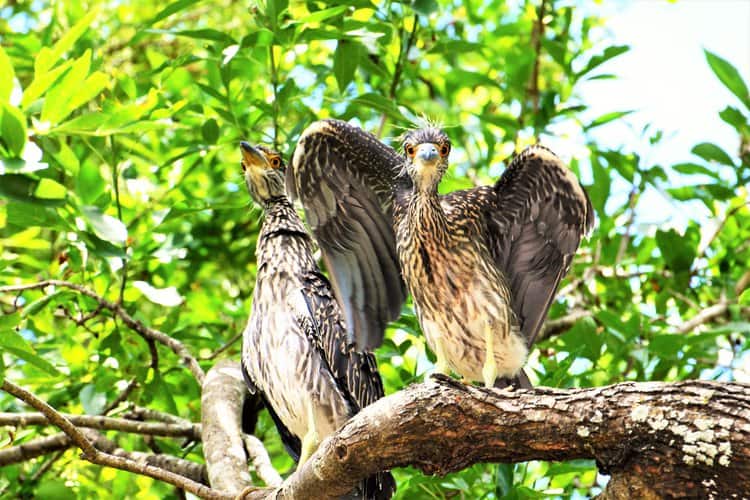
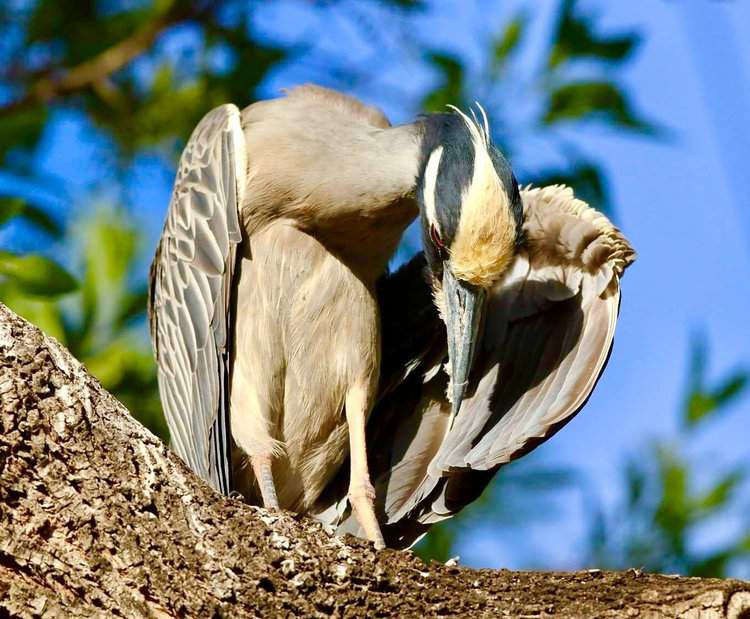
Why do they return? Research suggests that Yellow-Crowned Night-Herons often use the same nesting sites for multiple years in a row. This has been documented, suggesting this species does exhibit nesting site fidelity according to spanishbirdguides.com. Juvenile Yellow-Crowned Night-Heron: Identification & Facts | (spanishbirdguides.com)
How far do they travel? The Yellow-Crowned Night-Herons are medium to long distance migrants according to allaboutbirds.org, with Gulf Coast populations moving across the Gulf of Mexico or along the coast to Central and South America.
A Yellow-Crowned Night-Heron flying at around 20 miles per hour-traveling from the Gulf of Mexico coastline to San Antonio, traveling 200 hundred plus miles, can take the Heron over 40 days to travel the distance between the two countries. Traveling from a place such as Veracruz, Mexico, over 700 miles away from San Antonio, it might take the Herons more than 145 days of travel at 20 mph according to www.timecalculator.net. The Herons can face drought, shortage of food and death during migration.
Migratory Barn swallow migrations can cover many thousands of miles for an animal that weighs less than an ounce! Flying about 200 miles per day can vary depending on factors such as weather, wind, and food availability. The Swallows can travel up to 6000 miles on each migration, twice each year, departing in the fall, and returning in the spring. American barn swallows migrate to Central and South America, as far as Argentina.
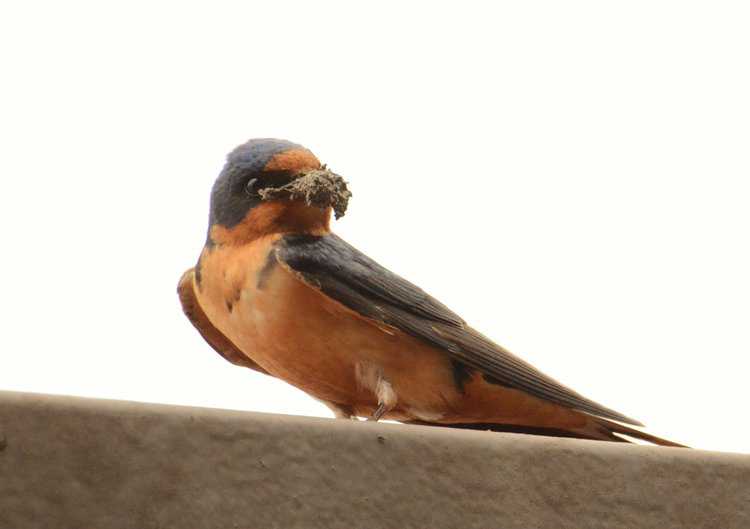
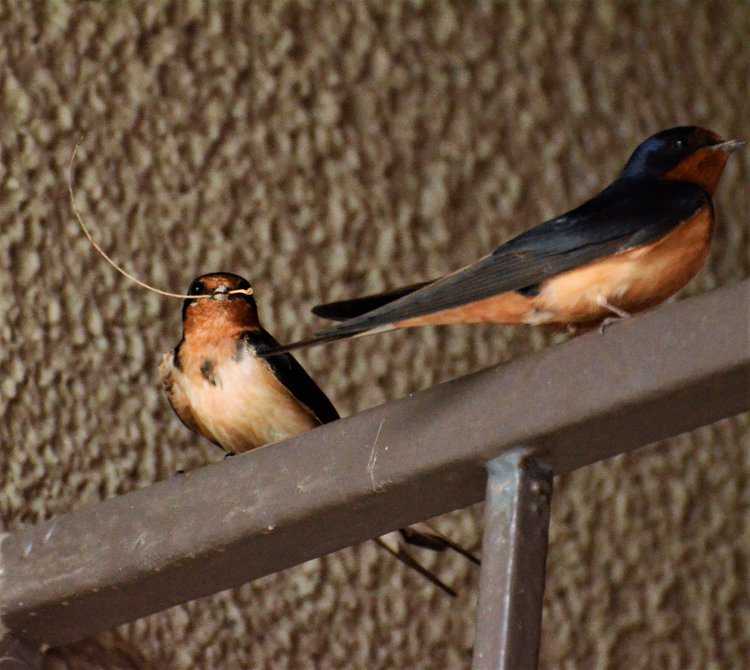
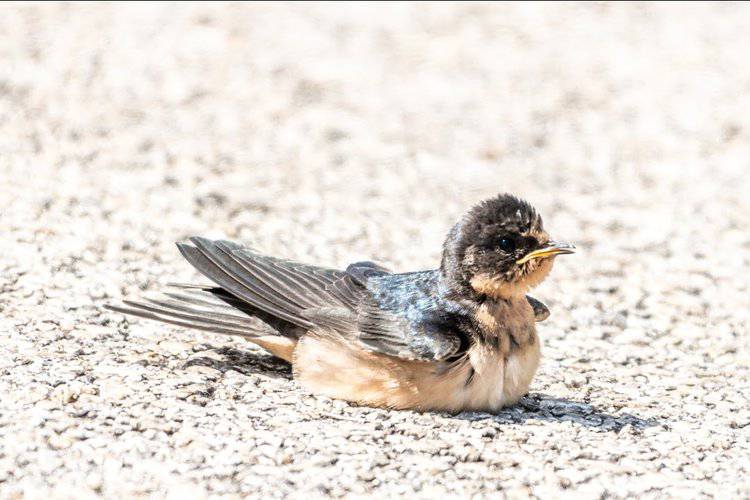
Their value: Swallows provide us with an ecological service as insect controllers. They particularly consume swarming insects such as bees, wasps, flies, damselflies, moths, grasshoppers, crickets, and more. It is common for people to post nesting structures to provide homes for these insect controllers.
Located in the Central Flyway Zone, we have many species that spend time throughout the region, such as Kingfishers that breed as far as northern Alaska and Canada and then migrate south for winter. Belted Kingfishers that winter throughout Mexico and Central America to northern Venezuela and Colombia have been observed in San Antonio.
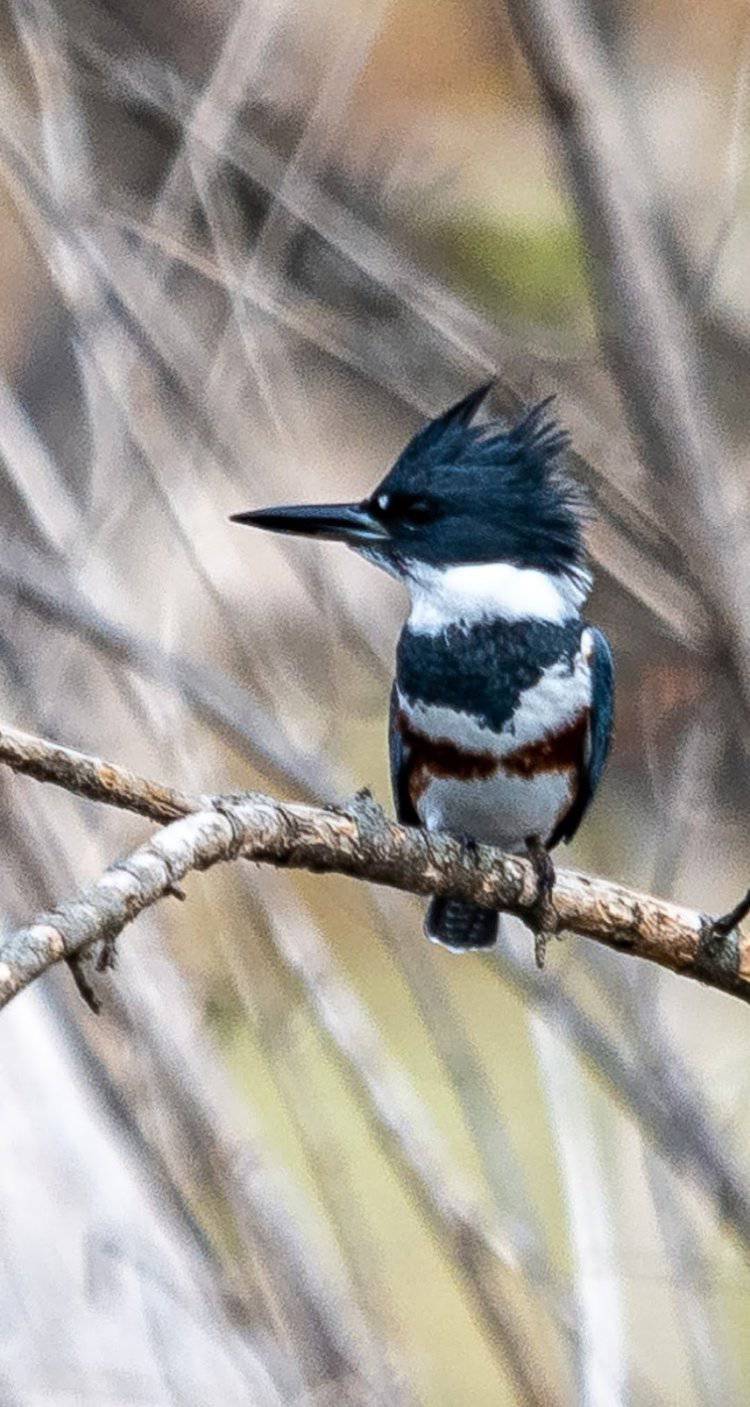
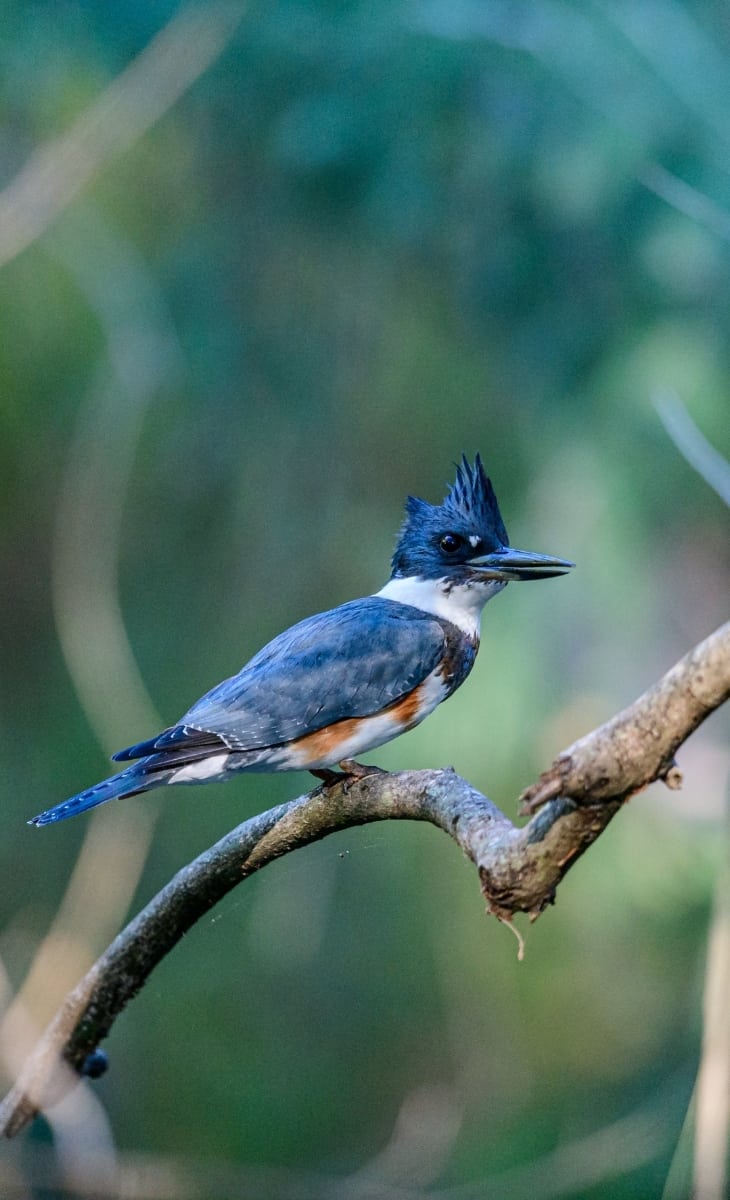
With all the research out there and agreements between countries, international treaties, and committees, we still face the loss of biodiversity on a monumental scale. If there is one thing that I learned from my visit with Dr. Corona is that there is an opportunity for renewed partnerships between our countries and an opportunity to learn more about our migratory birds and the intercontinental connections that we share. Work is needed for a sustainable future for our migratory birds.
As Dr. Corona’s ends his presentation, He reminds us that, “To protect the birds and all the diverse organisms, we have to work daily and contribute.”
It is time we stop looking at Migratory Birds as a “nuisance or inconvenience” and find out how we can learn to coexist with the birds and other species we share with other countries. Afterall, it is a long way traversing a continent just to keep their species alive!
Article by Friends of the Migratory Birds in San Antonio – Lead Image: Photo: Jerry Amende/Audubon Photography Awards.
What you can do
Support ‘Fighting for Wildlife‘ by donating as little as $1 – It only takes a minute. Thank you.
Fighting for Wildlife supports approved wildlife conservation organizations, which spend at least 80 percent of the money they raise on actual fieldwork, rather than administration and fundraising. When making a donation you can designate for which type of initiative it should be used – wildlife, oceans, forests or climate.
Alesia Garlock
Wildlife / Environmental Advocate! I fight to protect nature. Informing the public of hidden agenda!
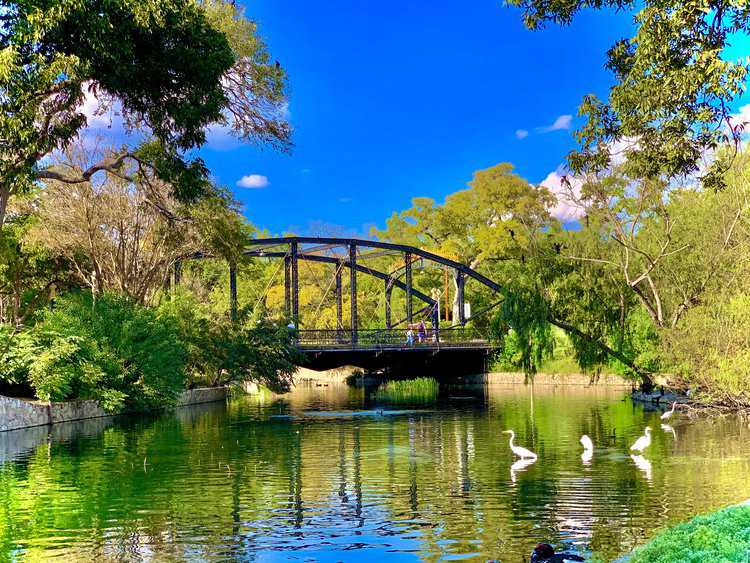

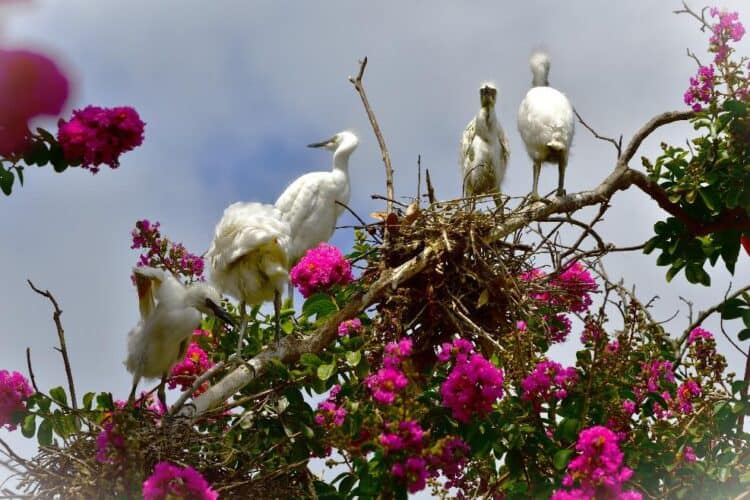
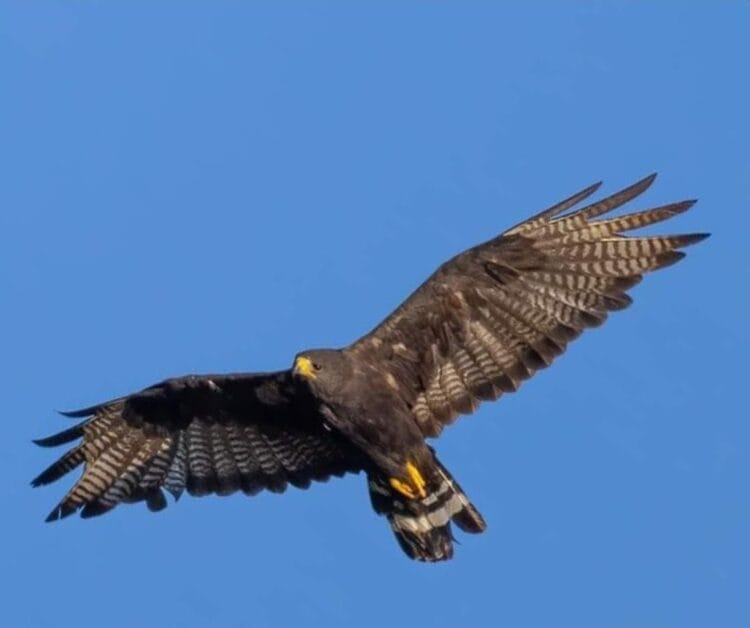


Leave a Reply